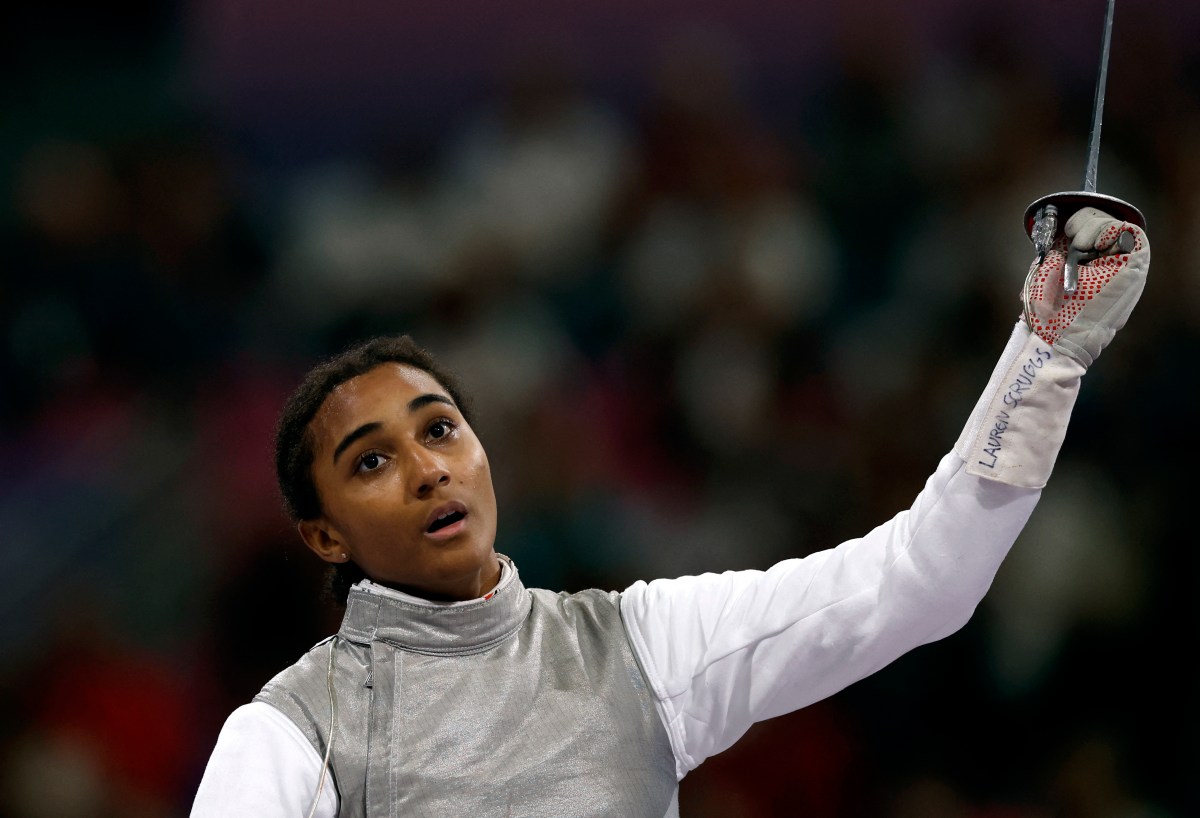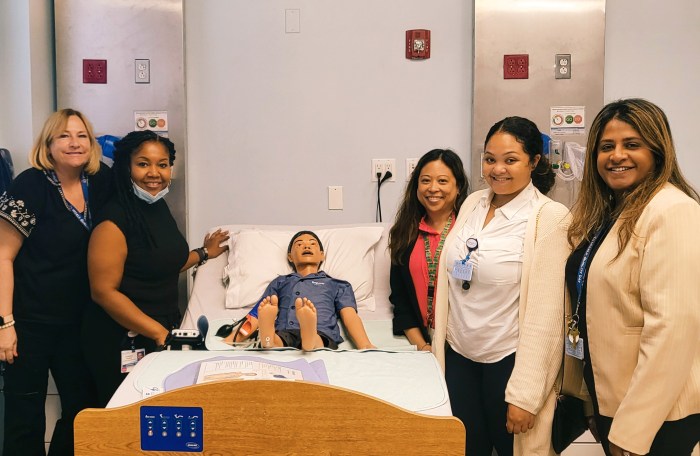Think spring and you will hear the thud of a soccer ball, the crack of the bat, and the shot of a pistol for the 40-yard dash.
However, if your high school athlete does not prepare properly, you also may be hearing the moans and groans from the pulled muscles, torn ligaments, and other injuries that can sideline young athletes for days, weeks or even months.
Soccer is responsible for the greatest number of injuries to high-school players; most of them to the legs and knees.
Marc Sherry, physical therapist at the University of Wisconsin (UW) Health Sports Medicine Clinic, said that the most serious soccer injury is a torn anterior cruciate ligament (ACL), caused by the player making frequent stops and starts on the playing field, and turning and pivoting on the leg.
“ACL surgery requires replacing the ligament with a graft, usually a tendon from another part of your body or a cadaver,” he said. “It takes an average five to six months before the athlete can play again.”
In baseball, an athlete with significant arm, elbow or shoulder injuries from repetitively throwing a ball may need extensive medical attention and rehabilitation. For example, in “Tommy John surgery,” surgeons replace a torn elbow tendon with another tendon in the body. In track and field, sprinters are candidates for pulled quadriceps, hamstrings or hip flexor muscles; patellar tendonitis, Achilles tendonitis, and stress fractures in the lower leg or foot. Some of these injuries may lead to weeks or months of rehabilitation.
But many of these injuries can be avoided.
According to Dr. Alison Brooks, assistant professor of orthopedics and pediatrics at the UW School of Medicine and Public Health, it doesn’t matter if a high school athlete plays for the soccer, baseball or track team – one big way to reduce the risk of injury is to take an occasional rest from the competition.
“Our culture and mentality is that ‘More is better,’ but that isn’t always the case,” she said. “If you do anything 12 months out of the year, you are likely to end up with an injury because your body needs periods for rest and recovery,” she said.
“Even if you are 16 and healthy, you need rest from any activity you are doing a lot,” she added. “Kids who are playing soccer on multiple teams, traveling every weekend and competing in tournaments never have time to rest their bodies. That puts them at increased risk for injury.”
Brooks noted that conversely, athletes who play no winter sports and live a sedentary lifestyle before taking on a spring sport may also be putting themselves at risk for injury.
“When it’s cold, kids are less active and when it’s time for track season, they haven’t done anything to get ready for it,” she said. “So, while you have kids who are over-conditioned and have no time for rest, you also have kids who are under-conditioned and didn’t do their necessary pre-season training.”
Brooks also suggests that parents:
Make sure youngsters achieve the proper strength and conditioning before the start of a new athletic season. Parents, coaches, phys-ed teachers can help with this.
Encourage children to get into the habit of exercising, even if they don’t play an organized sport.
Communicate with kids if the drive to stay in the sport no longer seems present.
“Make sure the desire to participate is being driven by the youth and not other external factors,” she said. “Make sure the child wants to do this activity and still gets enjoyment from it.”
Courtesy of the University of Wisconsin Hospital and Clinics
































